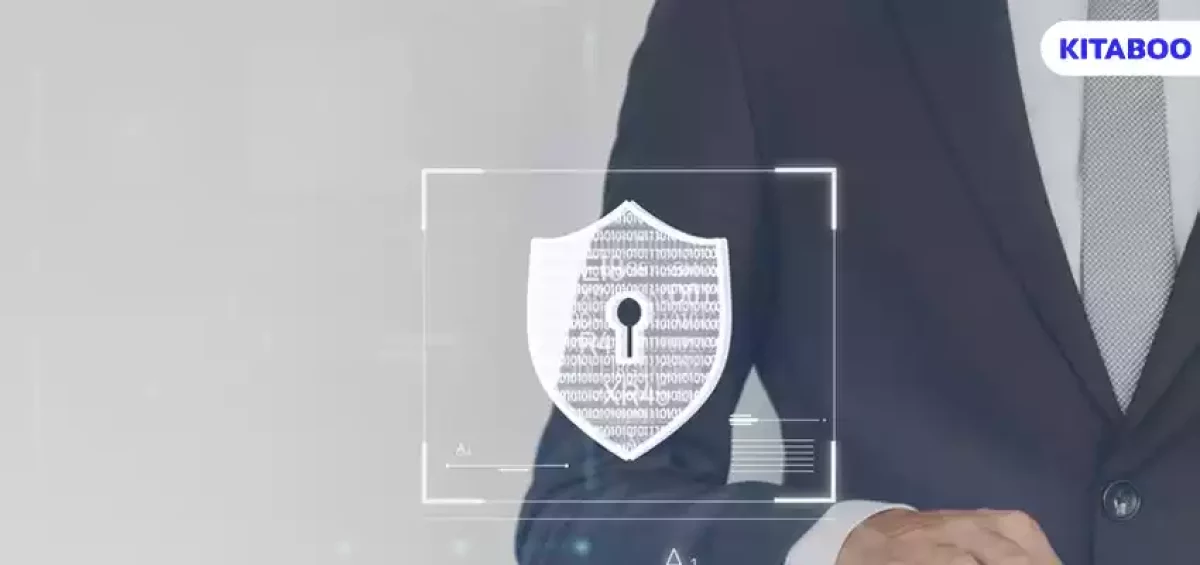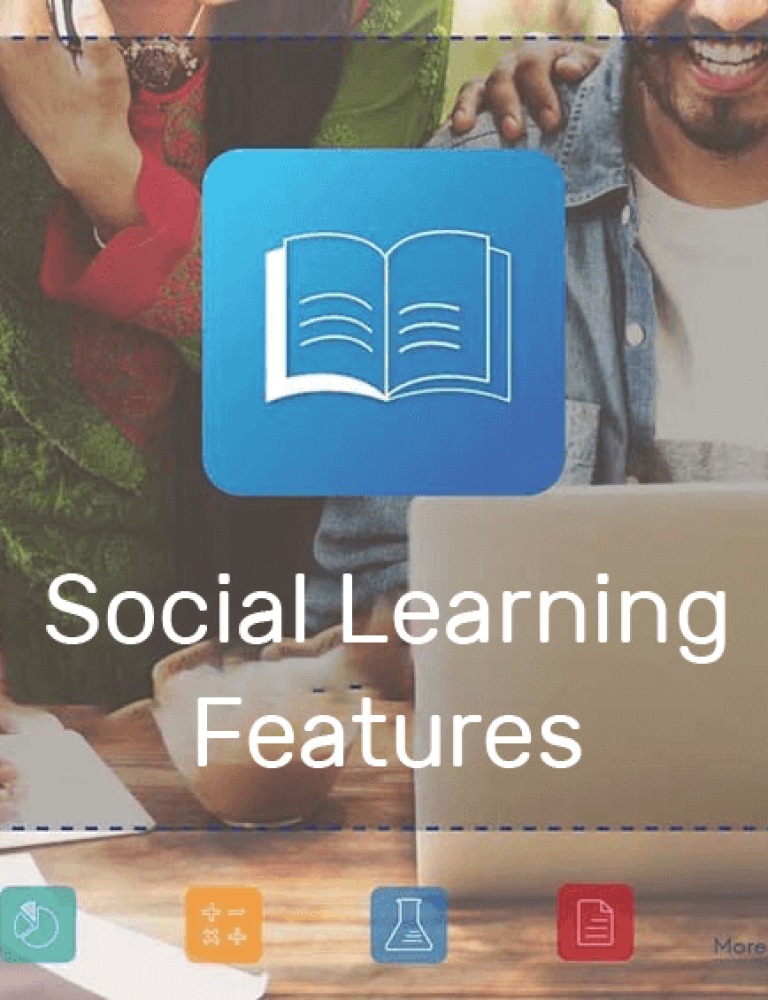Today, publishers are increasingly troubled by the rampant growth of online piracy, which not only diminishes their revenues but also undermines their intellectual property rights over their eBooks.
Online piracy growth is supported by the rise of digital libraries that stock pirated content, platforms that allow free downloads of pirated content, and consumer-focused content-sharing platforms.
Thankfully, there’s a game-changing innovation at play: digital rights management (DRM) software. Publishers’ proactive adoption of DRM software is not only helping them protect eBooks from piracy but also providing them with valuable insights into consumer behavior and preferences.
Digital publishing platform KITABOO, for example, enables publishers to create, publish, and distribute DRM-protected eBooks, thus helping to curb the piracy menace.
This way, they create a secure environment for their digital content while retaining control over its distribution.
Table of Contents:
I. What is (DRM) Digital Rights Management Software?
What is (DRM) Digital Rights Management Software?
(DRM) Digital Rights Management Software refers to a solution that enables publishers to control access to their digital content and ensure that only authorized users can access it.
The use of such software benefits publishers and authors in several ways. For instance, it helps publishers prevent copyright infringement and loss of revenues due to free downloads and viewing of content. Besides, DRM software allows publishers to implement various access controls, such as encryption, password protection, and access expiration, to protect their digital assets from unauthorized distribution and sharing.
Today, publishers can leverage digital textbook platforms like KITABOO, which offers a seamless, in-built DRM system that helps protect all content from potential piracy attempts. This is a valuable asset to publishers in their journey of building a profitable, sustainable business.
8 Advanced DRM and Encryption Techniques
Here’s a look at key advanced DRM and encryption techniques that are helping publishers protect their eBook files from piracy:
Complete Control of User Access
The most basic advantage of DRM protection is that it enables publishers to control access to their eBooks and other types of digital content. Only those users who have registered on a platform, or have purchased a product can get access.
Authorized access allows users to perform a series of actions. These include the ability to read an eBook, download it, save it to favorites, and take screenshots.
Put Limitation Safeguards in Place
Another important safeguard by publishers is to put certain limitations on usage to prevent acts of piracy.
For instance, access can be prevented at certain IP addresses, as well as locations, that are outside the specified geographies. Limitations may also be put in based on the type of device being used. DRM systems are also able to detect and prevent mass distribution. For instance, if the system notices cases of bulk downloads, it can limit access.
Ownership Insignia
The use of insignia, such as watermarks, on content establishes the ownership of the content, such as eBooks. This enables publishers to communicate ownership and prevent cases of plagiarism, besides, piracy.
Additionally, the use of ownership insignia serves as a visual deterrent to potential pirates, reminding them that the content is protected by copyright and discouraging unauthorized sharing and distribution.
Watermarks, for example, can be prominently displayed throughout an eBook, making it more difficult for pirates to remove or alter them without significantly degrading the quality of the content.
Setting Specific Access Timeframes
Another important advantage is that publishers can authorize access for a specific timeframe, such as 24 hours, 30 days, or 365 days for annual membership access, based on the user’s choice.
Once the time duration expires, access is automatically revoked until the membership is renewed. This time frame applies to content that is rented or part of a larger subscription for a specific period.
Password-Protected eBooks
When a user logs into a platform, they can get access to an eBook they have purchased or rented. However, platforms can go a step further and also have a second layer of protection via password-protected eBook files. As more users build their digital libraries, protecting your eBook will become a common practice.
Encrypt Your eBooks
Going a step further, publishers can also encrypt eBook files, which is a third layer of protection that helps prevent privacy. The eBook files are encrypted with a key. This means that the book is unreadable unless you unlock it with a key.
Cloud-based digital textbook platforms like KITABOO, for instance, supports data encryption to protect a publisher’s eBooks files. This helps the overall security of the content by ensuring that even if unauthorized users gain access to the files, they won’t be able to view or use them without the encryption key.
License Management
Today, every eBook can have a unique license to help safeguard it from piracy and plagiarism. The DRM protection system also comes with a license management functionality. So every eBook can have a unique license, which can be used to track the usage, distribution, and access of the eBook.
Publishers can be made aware of unauthorized usage, and access can be revoked, thus helping to prevent an eBook from piracy.
Distribute via Credible Platforms
Today, several platforms market and distribute eBooks. Publishers must be sure to partner with credible and well-established platforms to ensure that they comply with piracy guidelines.
With the help of credible platforms, publishers can reach a wider audience while minimizing the risk of piracy. These platforms typically have robust security measures in place to protect against unauthorized access and distribution of digital content.
To Wrap Up
By taking proactive action to protect eBooks from piracy, publishers not only protect their own revenues but also preserve the integrity of the publishing industry as a whole.
Adoption of a digital publishing solution that comes with in-built DRM software or integration of third-party DRM software is a cost-effective way to protect eBooks from piracy. This is an important step towards building a more profitable and sustainable eBook vertical and industry.
On this note, you can partner with a distinguished digital textbook platform like KITABOO to produce and distribute eBooks protected by an in-built DRM system.
Reach out to us to start a conversation now!
Discover How An Ebook Conversion, Publishing & Distribution Platform Can Help You
Kitaboo is a cloud-based content platform to create-publish & securely distribute interactive mobile-ready ebooks.
You May Also Like









